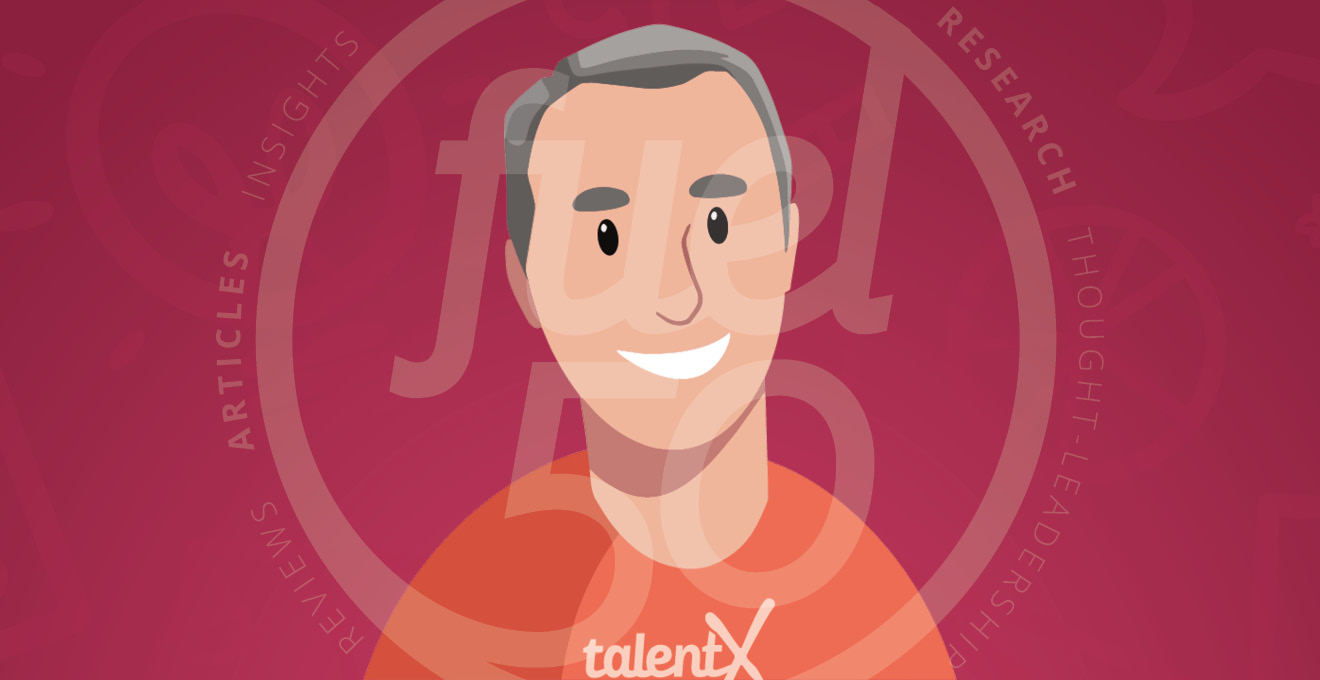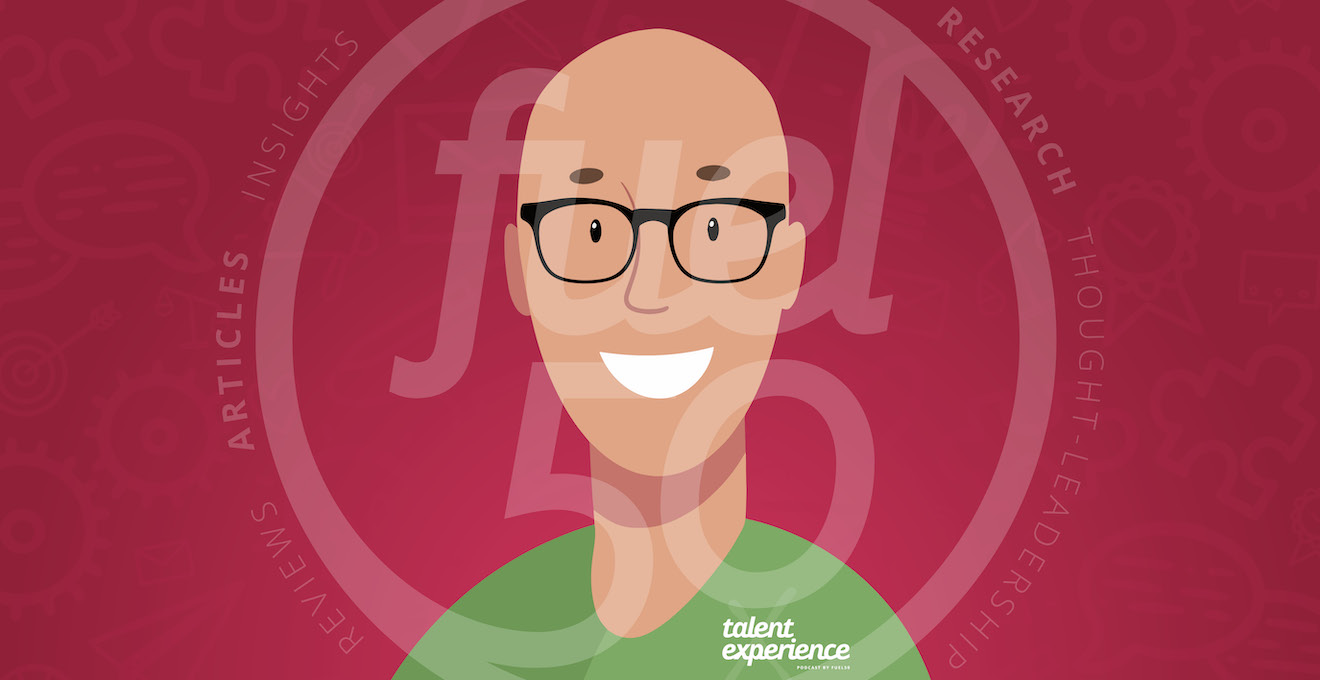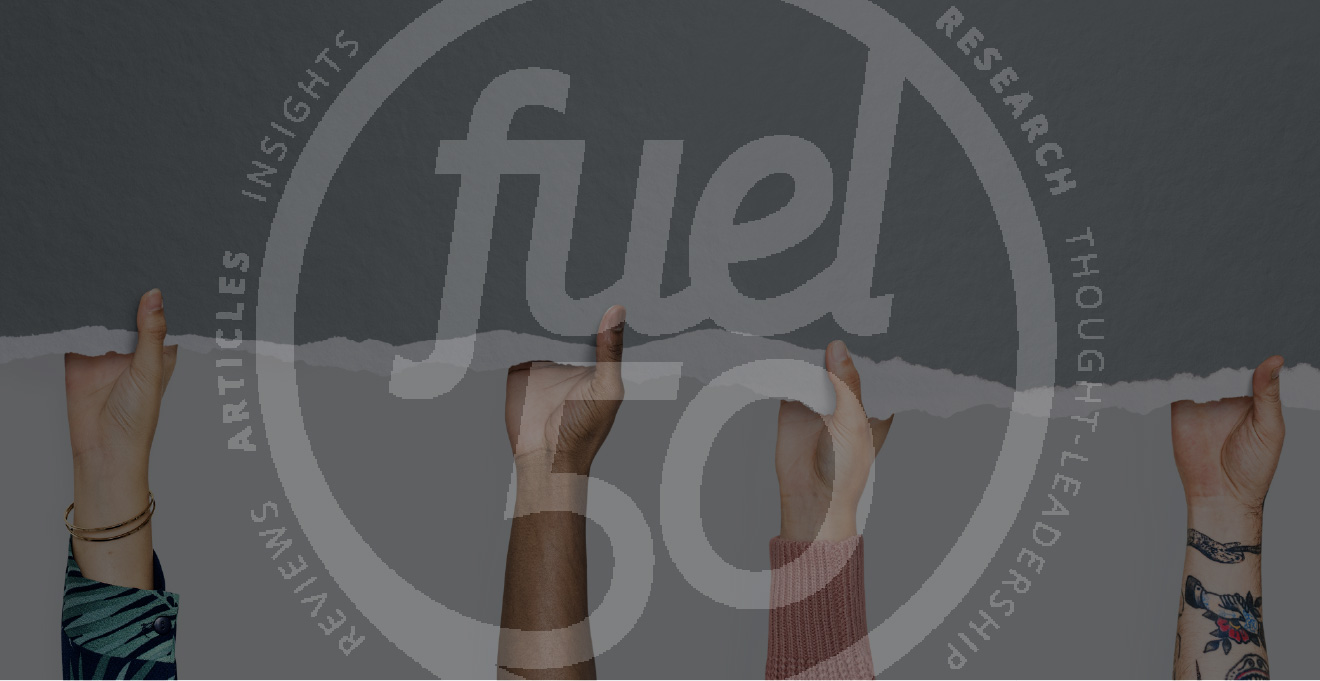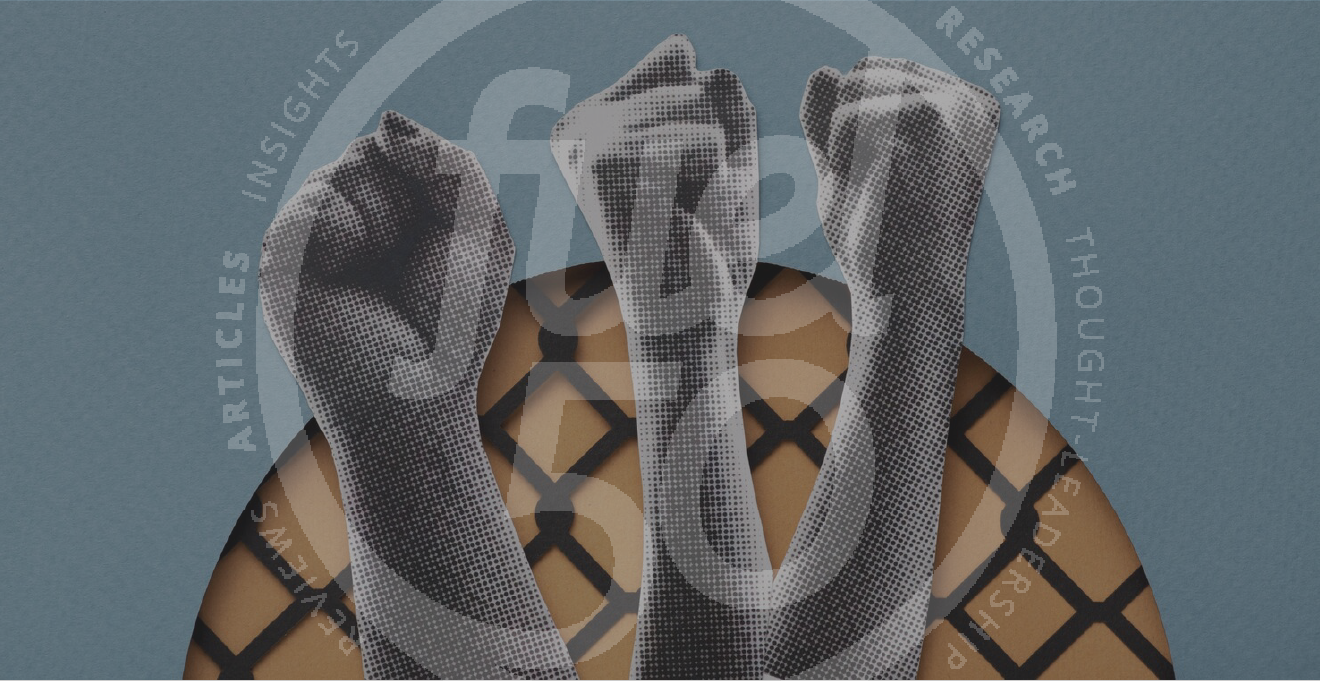We’ve dealt with rapid unexpected change this year and never has the whole world been so focused on the same problem. Russell Klosk, talent strategy thought-leader and expert in workforce transformation at Accenture, explores how 2020’s challenges have affected companies priorities when it comes to their talent and reveals what’s different this time round compared with past recessions.
Russell shares with host Rhonda Taylor some of the often-unspoken pitfalls of working from home and what impact it has made on productivity, employee experience and engagement. Remote working vs. in-office, what will it be like on the other side of the pandemic? Listen in for Russell’s take!
Here’s how the conversation went… This interview has been edited and condensed.
Rhonda Taylor: Russell, let’s talk about talent. In this time of COVID, what do you think are the priorities in the talent space that companies are dealing with?
Russell Klosk: Let me start in the time before COVID for just a second, because the priorities they were dealing with before COVID, some of those trends have not changed. How they’re dealing with them in the short term may have changed. The reality of a globalized workforce and what work gets done where and why, and of multi-generational workforces in different work styles and of certain knowledge worker skillsets in certain professions as they change and evolve, and as machine learning, RPA, AI and all these other things come into the workplace, those things are still going on. Those are all problems that companies were having before and are still there.
What’s a little bit different about COVID is in the past companies that were financially flush or in a positive cash flow position would use a downturn in the economy to upgrade their talent. This time around, primarily for public relations reasons and because it hit everybody at the same time, that’s not what’s occurring. People are furloughing people, unfortunately, and laying people off, but they’re doing their best to bring back the talent they have and doing their best to hold on to the talent they had. Those talent management activities and those talent strategy activities have shifted more to the near term. How can I do this? What is it going to look like?
Investments in RPA, and all those other things that were going on and the reasons behind them, which were not cost, but capability and optimization and those kinds of things – they may have slowed down, but they’re still going. We have to do it differently, find a way to differentiate ourselves and be able to innovate in a different way or at a different scale. We want to have agile teams and not take three years to develop products and all of those things. I’ve seen the decision making and roll outs slow down, but I haven’t seen it stop. The COVID world has just shifted that.
To give a specific example, the workforce planning and types of solutions we were building for clients last year were focused on what kind of workforce do I need three, four, five years from now. Based on these other things I’m doing, not only how do the jobs change, but more importantly, when do they change and which skills are adjacent? How can I move people between roles? The kind of workforce we’re planning and helping companies with now has shifted from the concept of critical roles to the concept of essential roles. I need eight people or I can’t do this, therefore, I’m going to have eight people, not nine, in the near term. We have also seen more focus on those longer term things, being more deliberate about where I’m going to lay technology and job fluidity.
In workforce planning, job fluidity used to be about mobility and how do I keep the same person and move them from job to job to job, creating lattices instead of career ladders. Now it’s about you’re a financial analyst, and you have this bucket of 10 skills, but I only really need you doing that for the finance department, 20 hours a week. The other 20 hours of your life, I’m going to let you help HR with HR analytics, procurement with procurement analytics and I’m going to point you toward business intelligence and help the operations folks. But I’m not going to create a whole separate career path, your job is still financial analyst, your career path still sits where it does, but I’m going to stretch your skill set. What’s different is it’s occurring in big companies. In a startup, you would expect that, in a large company you don’t usually see that, the jobs get narrower.
Rhonda Taylor: Talent mobility, is probably the number one issue right now. Along with the internal mobility, there’s upskilling. Are you seeing that?
Russell Klosk: I am. I would call it rapid upskilling. It was going on before March as well, but what’s different this time is that used to be: here’s my career development and here’s this learning path and I go on that as my career develops, and I get good at these things. Now what originally grew up in manufacturing environments is now finding itself into knowledge workers and service roles as well and that is the concept of just in time learning and just the right amount of learning.
We do upskilling so that it can be deployed rapidly, at scale, cost effectively, and it can shift quickly with the business. I need your role to shift this way and so you need these four skills. In the learning system, there is a course with 10 or 12 modules in it, you don’t need all 10 or 12, only these three, so do just those three.
The trends on how you deliver it have changed as well. A little more simulation based, more experiential learning, and less classroom, traditional regurgitation learning for lack of a better term. There’s also a lot more of and you’re going to apply it tomorrow so it sticks.
Rhonda Taylor: We’re finding that gigs is probably one of the top learning processes in today’s workforce.
Russell Klosk: We use it internally a lot. Not for all of our things, but a lot of them are built in that manner.
Rhonda Taylor: We had a biotech company, right at the time of COVID who was using our platform. There was 60,000 people signed on and I think there was around 242,000 job skills that people took some sort of action on. Of course, COVID and a biotech company, these are the people that would be ramping up their skills, big time, right off the bat.
Russell Klosk: Biotech’s interesting, because whatever one’s views are of vaccines, how these are being developed and how different countries in different places are responding to this virus – the one thing that’s unique is, has the world ever focused on one problem universally before? Now we’re all trying to solve the same problem in one way, shape, or form. It’s a staggering amount of not just financial, but intellectual resources that are being thrown at something and the optimist in me says, if we can solve this one, what else can we solve? We’re going to create a roadmap on how you do that.
Rhonda Taylor: There’s a lot of companies that have gigs. They might be something internally, or even externally, like a volunteering charity event. People have to take their blinders off and realize the learning opportunities that there are with these gigs. What are your thoughts?
Russell Klosk: We’re seeing two trends that contradict each other a little bit. We have seen consolidation in the core systems, and so depending on your view of Kronos really recent acquisition, there are either three or four core platforms that everyone is using. Those four platforms would tell you, they can do everything and be everything to everyone. But at the same time we’re seeing a massive rise in what we used to call bolt-ons back in the day. These third party independent platforms don’t care what your core system is, they do this one niche thing, and they do it really well.
It was the learning space that got me thinking about it, but it’s not just talent acquisition and learning like it used to be. Now it’s pick a specialty, and if that’s the one that can allow your company to differentiate, here’s nine or 10 different vendors that can get you content in a different way and allow you to engage in your people and play with your talent strategy in near real time.
In the learning space, and to those gigs you can pick an independent platform, sending employees out to a different platform with here’s the skill set you’re going to learn and here’s how you’re going to learn it. We’re giving the employees enough flexibility to say you go to this one, you go to that one, I don’t care, I’m going to get charged 50 bucks to send you to a class no matter who offers it. Those are in direct contradiction to each other, but they’re both occurring at the same time.
Rhonda Taylor: Companies are being strategic and are doing what needs to be done in order for success to occur. The next topic I wanted to talk to you about is the remote worker. It’s a big change to our society in having everybody staying at home and working. Russell, what do you and where do you think this is all going to end up?
Russell Klosk: My view is going to conflict a little with the popular narrative. I think it’s amazing how fast all these companies that were never remote worker centric, were able to flip the switch when they had to and didn’t have a choice. All the technology that came online to make that possible for about 60-65% of the jobs that can be done that way realistically is amazing. People like working from home, they have since it became possible about 30 years ago and we started seeing those trends. It’s nice to not have to commute, it’s nice to not have to deal with the hustle and bustle. The popular perception in the world is people are happier and they’re engaged more.
They are sitting in front of their computers, but all those things that you can do with HR tech can be a little creepy. How much time are you spending in front of your screen? Are you actually doing work? There are companies that are measuring those things. People are working, they’re absolutely working and things are getting done and companies are continuing to grow, not at the pace they were as the economy slowed down, but they’re continuing to grow and invent things and all the rest of it. If you ask the average person that’s working from home, they’re going to say I’m just as productive or more productive because it feels that way.
But when you dig into the data, and not just the post COVID data, but even the data over the last 30 years as people have looked at remote work and what does that look like? What kind of structure do you need to do it? The research shows that when you get past about two days a week, there is a falloff in productivity. There’s about four studies that are out there right now and they all say the same thing and it’s somewhere between 25 and 35% falloff in productivity in the private sector, and it’s worse in the public sector.
What’s going on is people are working on average 2.8 more hours a day. Yes that’s the time they used to spend in their cars, maybe, but that time in your car was time to set your brain, flipping from home self to work self. That’s not occurring now. I go downstairs and I sit down, and I never had the formality of putting my suit on and I never got in the car and went to work and my brain never shifted, it just doesn’t stop. So you’re answering emails at 11 o’clock at night, and at six o’clock in the morning. Part of it is also certainly driven by distractions, such as having kids at home.
I think what we will find after we solve this crisis first, looking out say 18 months, I think we’ll be back in the offices. I don’t think we’ll ever go back to five days a week, 40 hours at a time, nine to five kind of thing. I think we will find people going in three days a week, probably on average, maybe four, some two. There’ll be some flexibility there, offsetting hours, but so that you can have the right people in the building at the right time to have the right kind of meetings. Because we’re all living through it, every meeting you go to is: here’s six people in a formal invitation on Teams, Zoom, take your collaborative workforce software of choice and here’s the agenda for the meeting and here’s the meeting minutes afterward and here’s the action items we took away from it. Those things are all important and we do that when we’re in the offices as well.
But where does the real work get done? It gets done in a five minute conversation in the hallway, or can I pull you in front of this whiteboard for a few minutes and just brainstorm this idea? We’ve lost that and that’s why the productivity is falling off. Human beings are social creatures, to some extent, and innovation occurs because you’re not looking for it and you just stumble across it, a whole lot of the time. You set up the right environment for those big ideas to boil up and not because you can force the idea through six specific meetings talking about it.
I think when I look at the world of remote work, yes, it’s now going to be part of our lives, that was always going to happen, it probably happened 10 years faster. But it’s going to flip back a little bit too. All of a sudden the cities are not going to be vacant shells, and no one’s going to go there. All the things that we liked about big cities before, we’re going to like again, it’s nice to go out after work and be in a big city for a couple hours.
Rhonda Taylor: One thing you didn’t talk about Russell, and I think that going back to the workplace will alleviate is the amount of stress and depression that is existing in the workforce right now that I think is because we don’t have that collaboration with our peers.
Russell Klosk: It’s affecting engagement for sure. I haven’t seen a study yet but if you think about traditionally, what are the levers you pull when you’re trying to build employee experience and engagement? A lot of that is being deliberate about how people interact with each other. How your company culture puts people in a room, and whether it’s an open environment or a hierarchical environment, it doesn’t matter what the answer is, but that’s your culture. That’s all missing right now. So I think we will also see falloffs in engagement when the survey starts to come out as people go through their annual exercises, falloffs in the sense of belonging that you’re in this together and part of a team. If I look past the immediate recession to something that’s closer to a more normal unemployment rate, the turnover will follow it because people will crave that.
Rhonda Taylor: I was waiting for you to say belonging, because that is the new focus that is out in the space right now is the ability to belong and COVID took that away from a lot of us.
Russell Klosk: With no warning, and that’s the bigger shock. It changed so fast.
Rhonda Taylor: The world just stopped, it’s hard to believe. You’ve been with Accenture and you’re incredibly passionate about your job, we’re always interested in knowing what drives you. What do you enjoy in your work?
Russell Klosk: It’s an interesting question and it’s different for everyone, of course and it shifts as you go through your career. I’ll put both lenses on it. An employer should be able to allow you to shift with them and them with you, as you go through those different swings. I’m at a point in my career where I enjoy the challenges of fixing these complex problems. When I think about how I deal with my internal colleagues I’m also at a point in my career that I get as much enjoyment in helping them get to the resources and the things they need, so that they can go and do those kind of things as I do in doing them myself.
I’m no longer at a point where I actually care what my title is or where I’m chasing some arbitrary thing that I have to get to the top of this artificial pyramid or my life’s not going to be complete. I’ve come to terms with, this is what I’m good at, this is what I like doing it, and I want to be the absolute best person at doing that, that I can be. That may not be the absolute best person at that thing in the entire world but the best that I can be and that’s okay. I think you get to that self-actualization piece at a certain point. Hopefully most people do. I did a recruiting event yesterday at a college in Texas, virtually. That’s not the way I looked at the world at 22 and it’s certainly not the kind of questions I was getting from the 22 year old kids. It doesn’t mean they’re wrong, they’re just at a different point in their career and they’re looking at different things that are going to drive and motivate them.
I think the beauty of what COVID is forcing companies to do is bespoke it a little bit. Bespoke the employment experience, bespoke the learning experience, bespoke career development, it’s not the same for everyone. It doesn’t need to be. You want to get the most you can out of me so you get value from it, and you want me to be happy so I stay and I give that to you. What motivates me is not going to be the same thing that motivates you, Rhonda, and it doesn’t need to be. With the technology and the shifts in the economy and all the rest of it we finally hit a point where we can do that at scale.
Rhonda Taylor: Russell, you’re always so knowledgeable and entertaining. Do you have a closing statement before we sign off?
Russell Klosk: To me the secret of successful organizations and the secret of successful careers is one, they’re not linear they look like stock charts. In both cases, there’s going to be ups and downs accept it but find something you can love doing because then you’ll throw your heart into it. You don’t have to be a cookie cutter, everybody doesn’t have to approach work the same way. Find your space and find where you’re comfortable being you and then be you.








